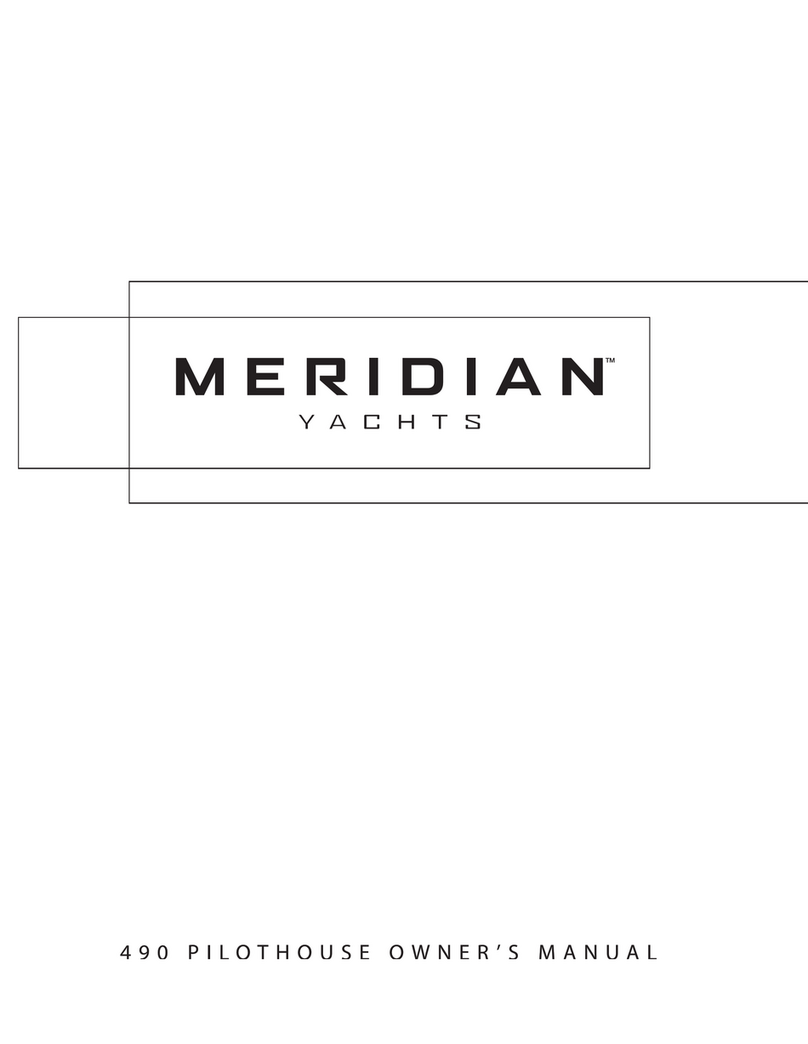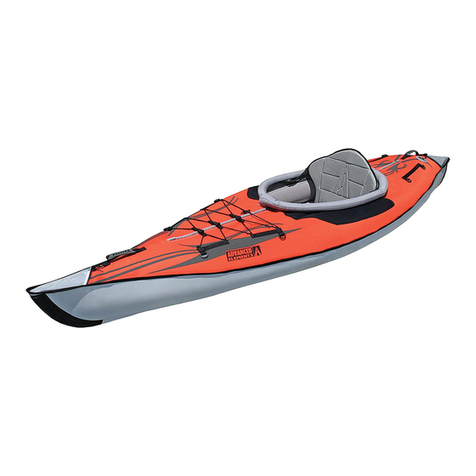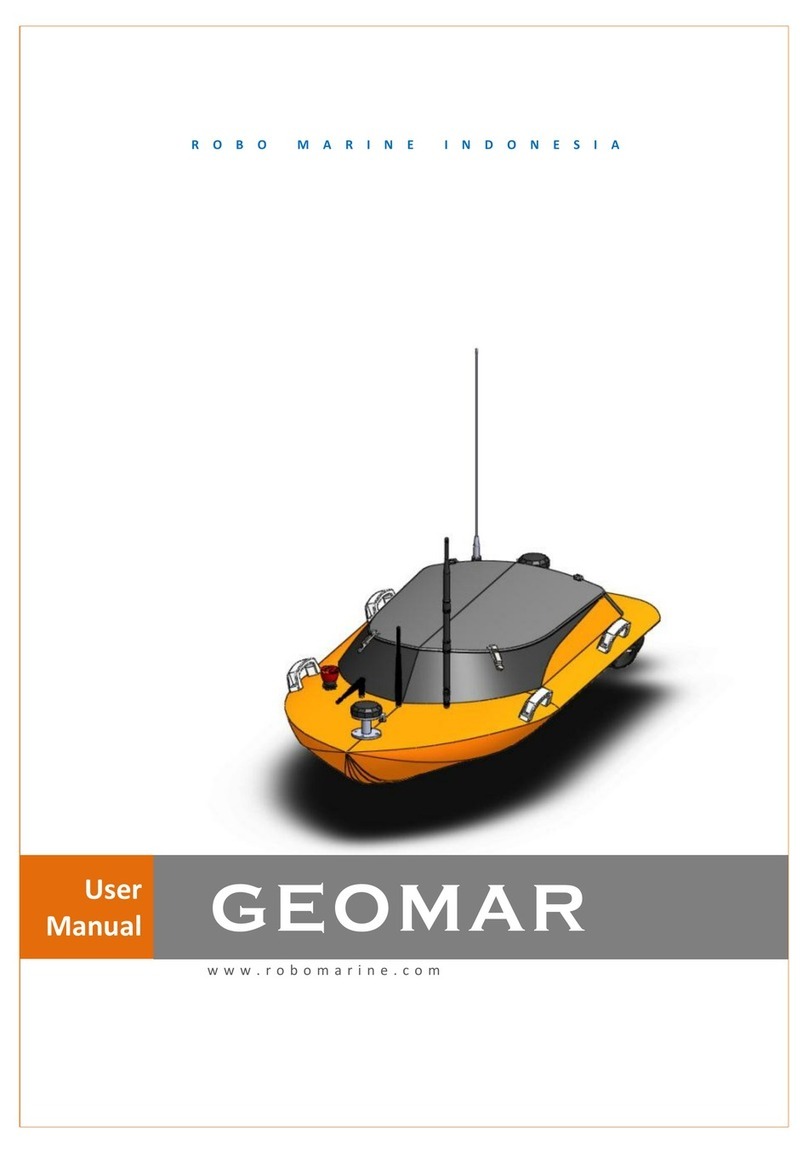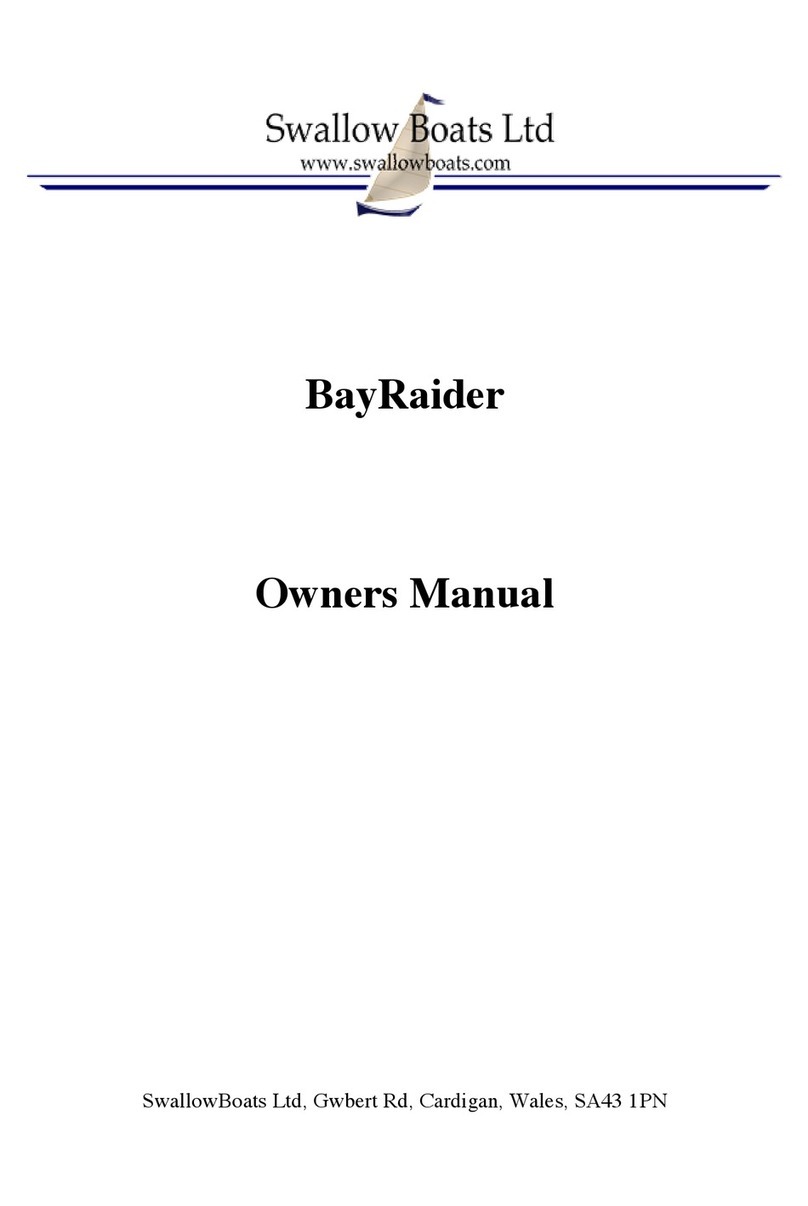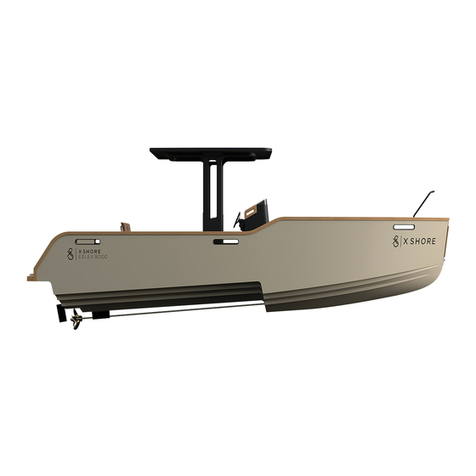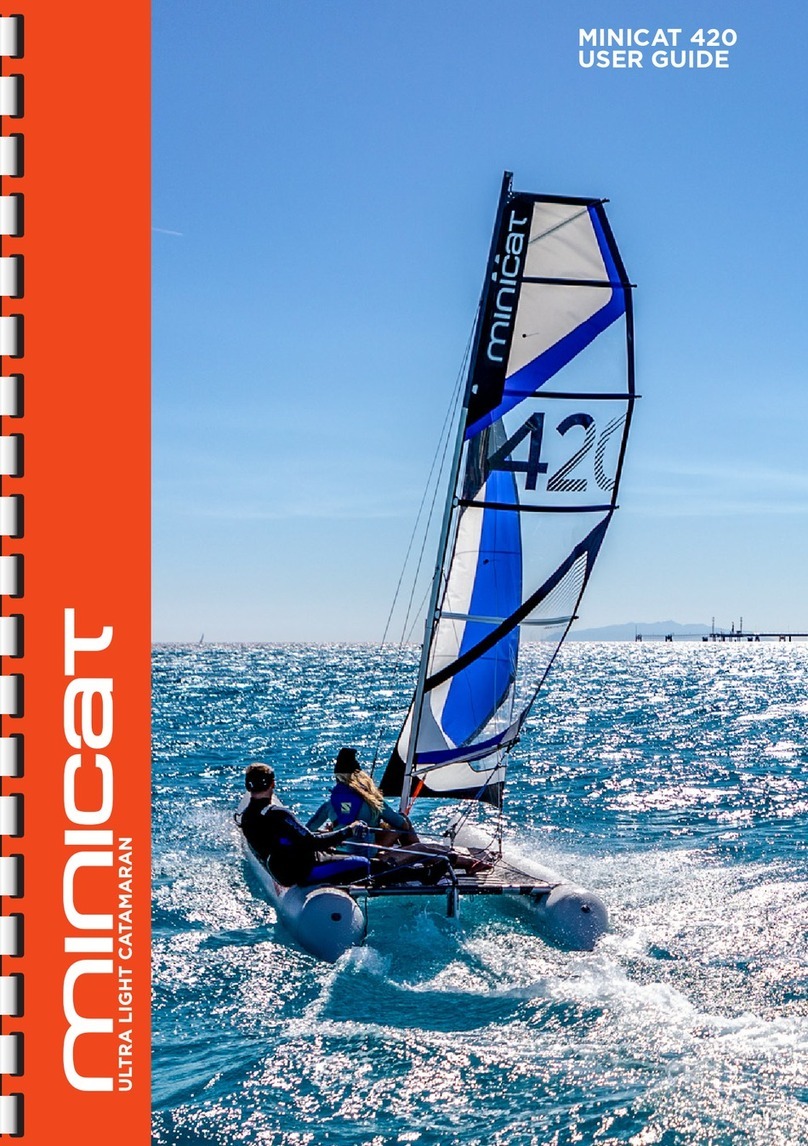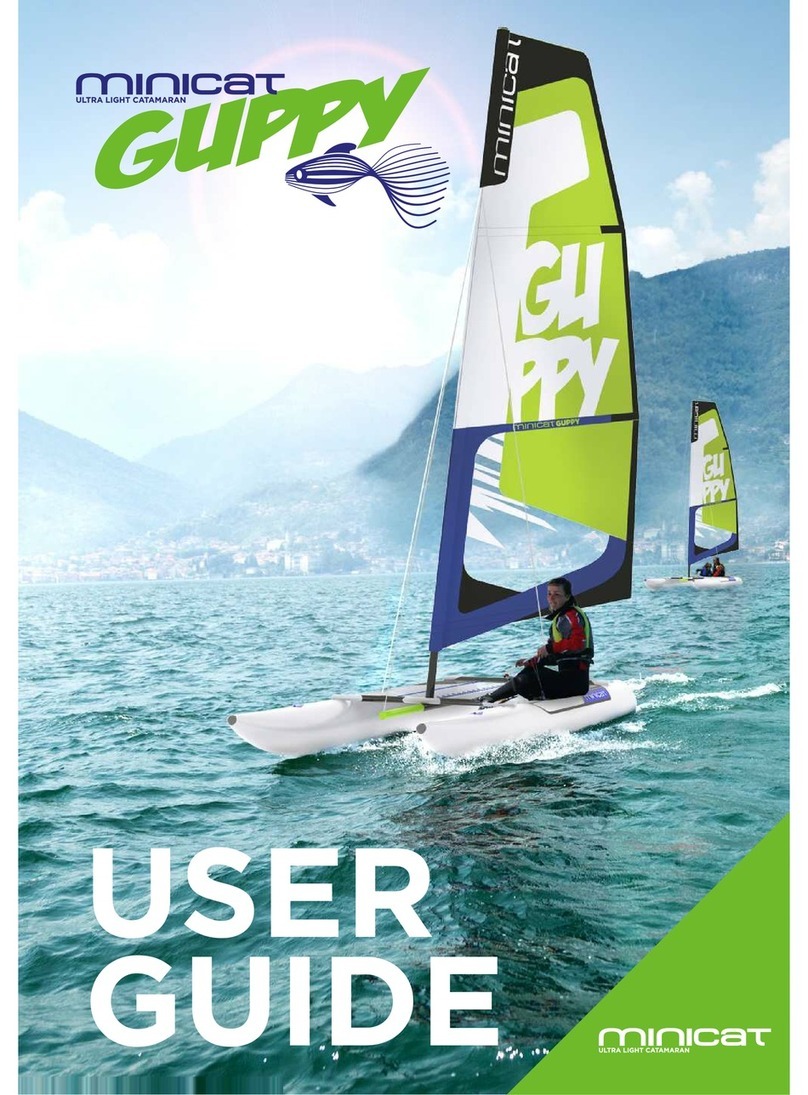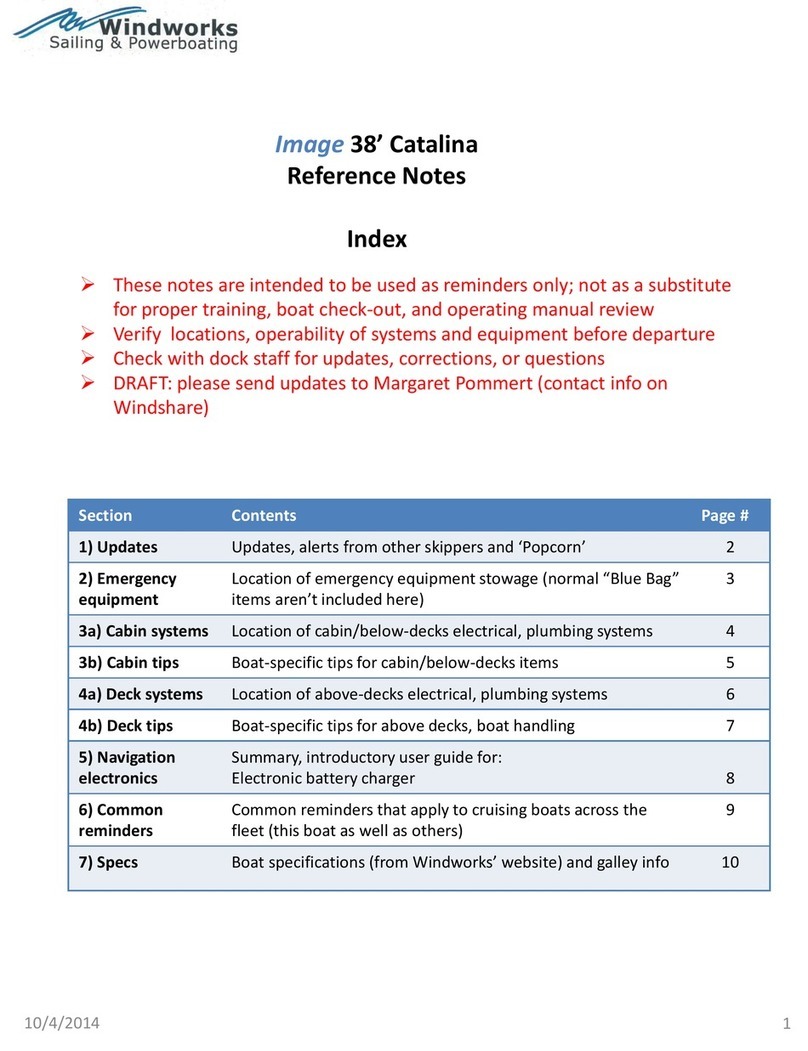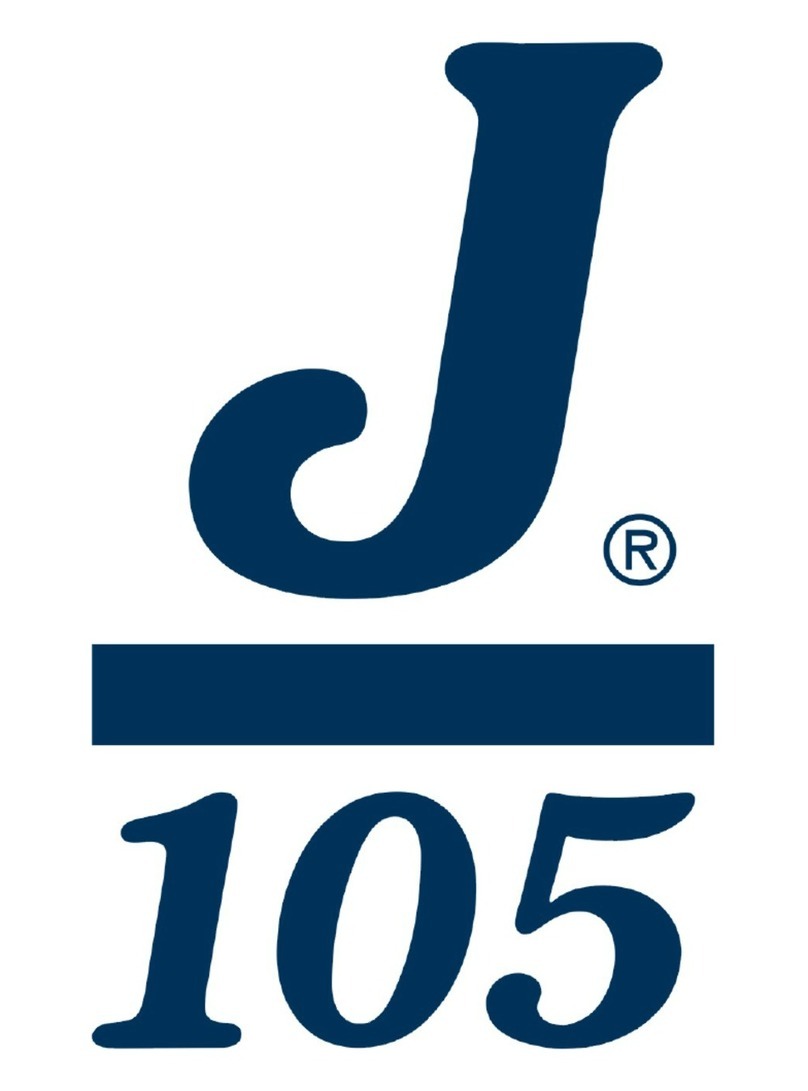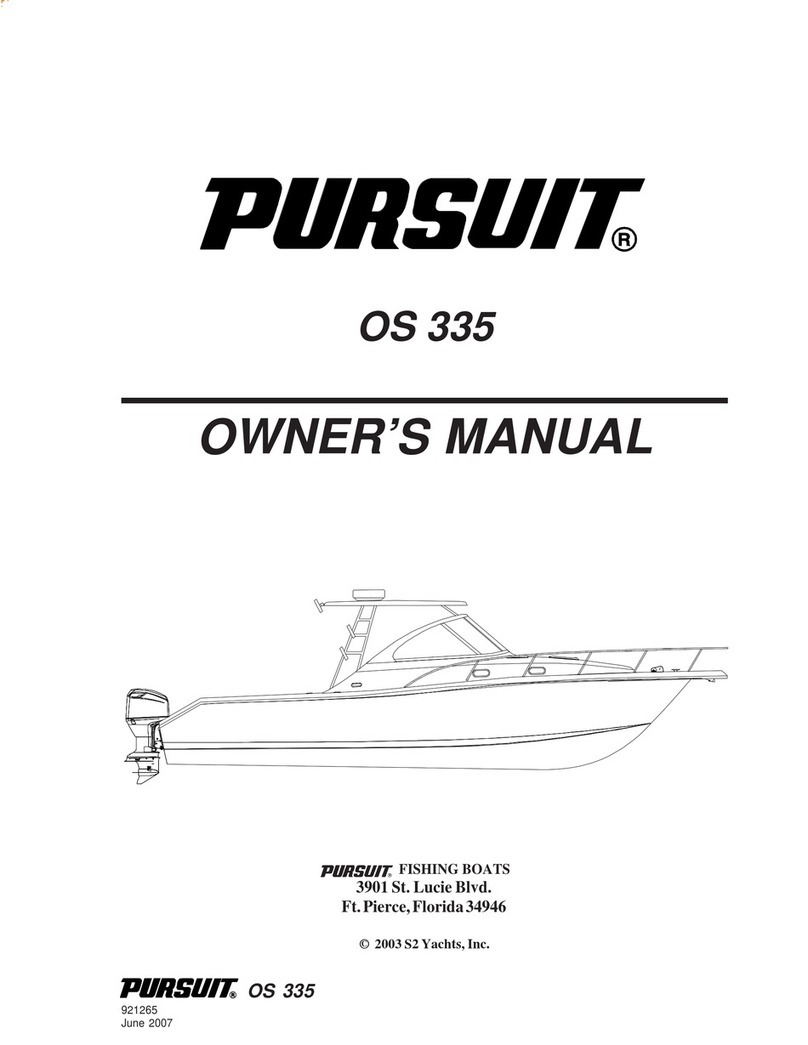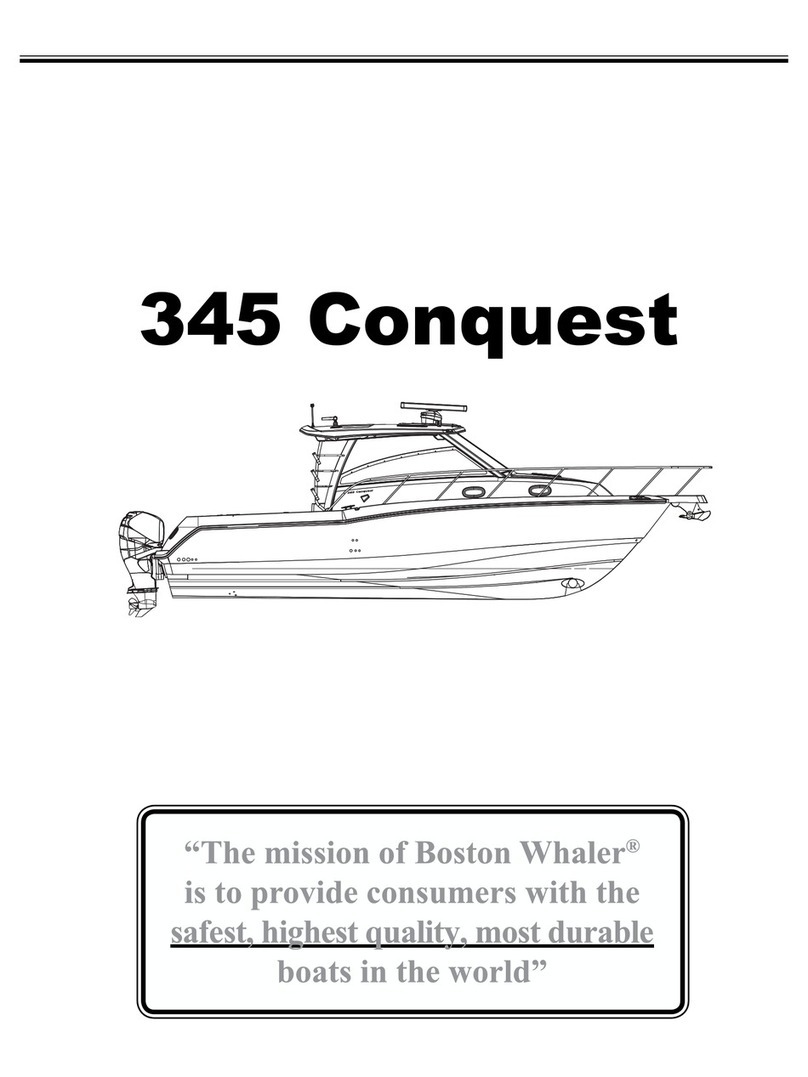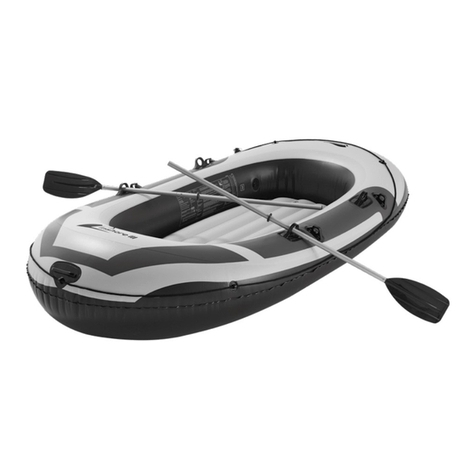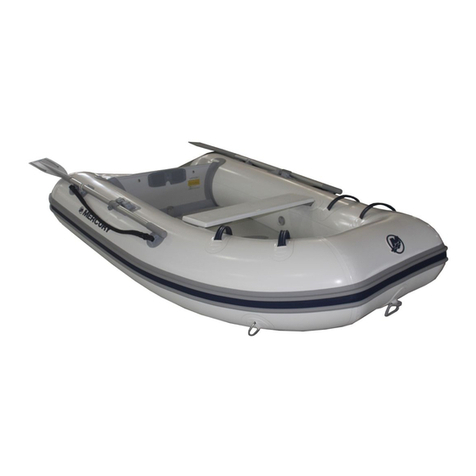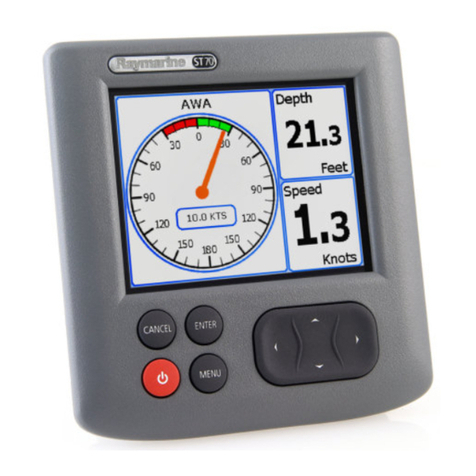Warning !
- If you experience a loss of pressure of 20% of
operating pressure inside a 24 hour period
when external temperature is constant it is
considered to be normal and no reason for a
complaint to the manufacturer or a warranty
claim!
- There is a possibility that the flat valve can
become a little lose after the first few pumpings,
and that can result in a little air escape around
the valve (being a result of the stretching and
contracting of the boat skin).
In case this happens with your boat, it is
sufficient to turn the valve with the valve key by
about one quarter to one half a turn until the
resistance becomes too great.
- Water should never come inside of the tubes.
In case this happens please empty as soon as
possible and dry throughout . Water inside of
the tubes can cause a damage to the inner
rubber of the tube and this can cause I-beam
damages as well.
- If the boat is standing still on a shore for
a longer periods of time, please dismantle the
keel fins or use the special stands (see our
Spare Parts & Accessories Catalogue) under
the floats which will prevent the pressure on the
floats. You will avoid a possible damage of the
keel fins and floats.
- Maximum operating pressure in the floats (air
chambers) is 0.025 MPa (3.6 psi). If there is an
increase of the ambient air temperature
...................................
......................................
...............................
.......................
(due to the heat of the sun) the air pressure
inside the floats can increase. The air pressure
of the floats should be checked and air released
if necessary to avoid eventual damage.
- Before setting sail it is advisable to familiarise
yourself with any local regulations or
restrictions for the piece of water in which you
intend to operate.
- MiniCat is not intended to be towed behind
a motorised craft. It must not be towed, slide
moved, or otherwise extensively loaded.
- Any sharp objects must be securely
packaged.
- Valuable items and personal effects must be
placed in a waterproof package and placed in
the pockets on the trampoline.
- Bright sunlight will eventually have
a deteriorating effect on the rubber surface of
the floats, therefore wherever possible when
your MiniCat is not in use it is advisable to leave
the boat out of direct strong sunlight.
- When sailing on large open water (sea, lake)
pay close attention to the wind directly from the
coast. It is possible to be blown offshore.
- MiniCat must not be used in bad conditions,
for example, low visibility, night, fog, rain.
Instructions for drying, storage, cleaning
and maintenance of your MiniCat
After sailing and before storing your MiniCat it is
necessary to rinse the boat using water and a
mild soap or detergent, and then allow the boat
to dry out thoroughly. After sailing it in salt water
it is necessary to wash the boat with fresh
water. It is recommended to clean all parts from
dirt, sand and other impurities using an
absorbent cloth. Please note that oil, petrol,
acetone, kerosene, paraffin and similar
solvents and chemicals disagree with the
rubber layer on the surface of the boat and must
be avoided.
Before storing your MiniCat and from time to
time, we recommend that you clean the boat
thoroughly and treat the surface of the rubber
floats. The 'MiniCat Maintenance Kit' includes
everything you need for the care of your
MiniCat including cleaning and preserving fluid,
lubricant and silicone oil.
5

